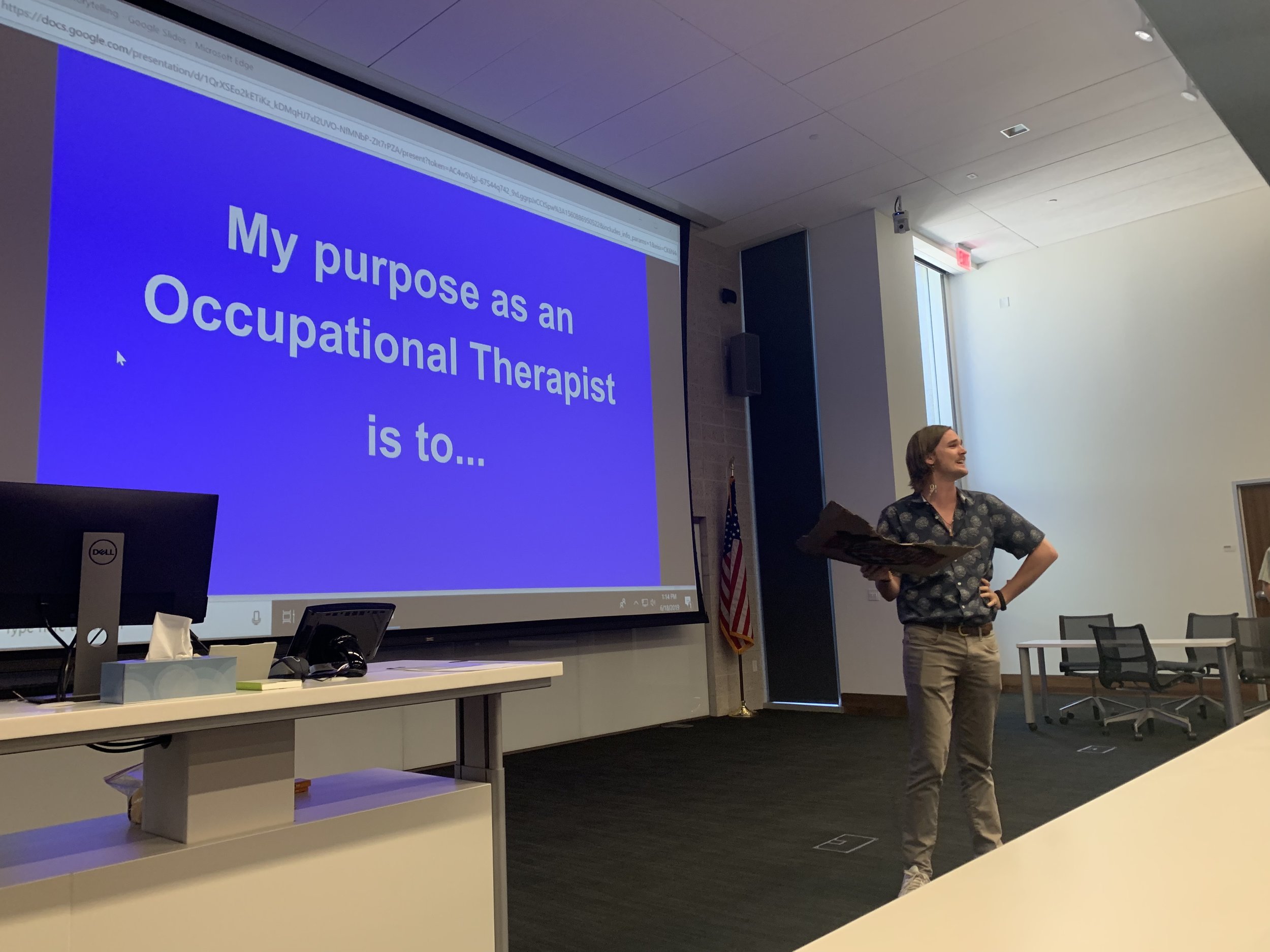I have been trying to be consistent with my blog and to post something at least once a week. As you can see by the date of the current and previous blog post, I missed last week. However, I feel like I have a good excuse. During the past week, I spent quite a bit of time in focused work, both individually and with my co-workers. This work required me to take a retreat from the outside world.
I closed myself away in my office and at home and spent time working on building up course material for my fall course. This fall, I am teaching qualitative methods to our NAU OTD Class of 2022. Each year, when I teach this content, I like to take time to update all of the resources I provide to students. As much as possible, I incorporate the current research I am doing into the course. In addition, there are sometimes new great readings or videos I find that I want to be sure to include. It always frustrated me as a student when I felt like my instructor was just rehashing the same material they had used for years, so now as a teacher I have vowed to not fall into that trap.
Northern Arizona University Occupational Therapy faculty stop for a photo along the East Verde River
Then, I spent some additional personal retreating time to focus on some writing. During this past year, I had the great privilege to be a part of a research team focused on addressing the needs of youth in the foster care system who are transitioning into adulthood. My colleague, Dr. Amy Armstrong-Heimsoth has been co-leading the project with partners at OCJ Kids in Phoenix. As part of our work, we discovered the potential role of occupational therapy in assisting these youth and we wrote an article advocating for the addition of occupational therapists into the transition team. This was not a traditional type of article so we were thrilled when the journal asked us to revise and resubmit. We were less thrilled with the quick turn around time, but we managed to get it done.
Finally, a group of our NAU OTD faculty (all but one who was unable to make it) participated in a group retreat to Payson, AZ. We rented a great home on the East Verde River which had no cell service and spent time celebrating the past year, reflecting on ways we could be better in the future, and just generally getting to know each other more on a personal level. I feel very fortunate to work with such an amazing group of people. It is a rare thing when you can say that you want to spend an entire weekend away with your co-workers and we all really enjoyed it. And we also managed to be productive!
Sometimes you just need a retreat from all the noise. It caused me to miss my weekly blog post, but it was worth it.







